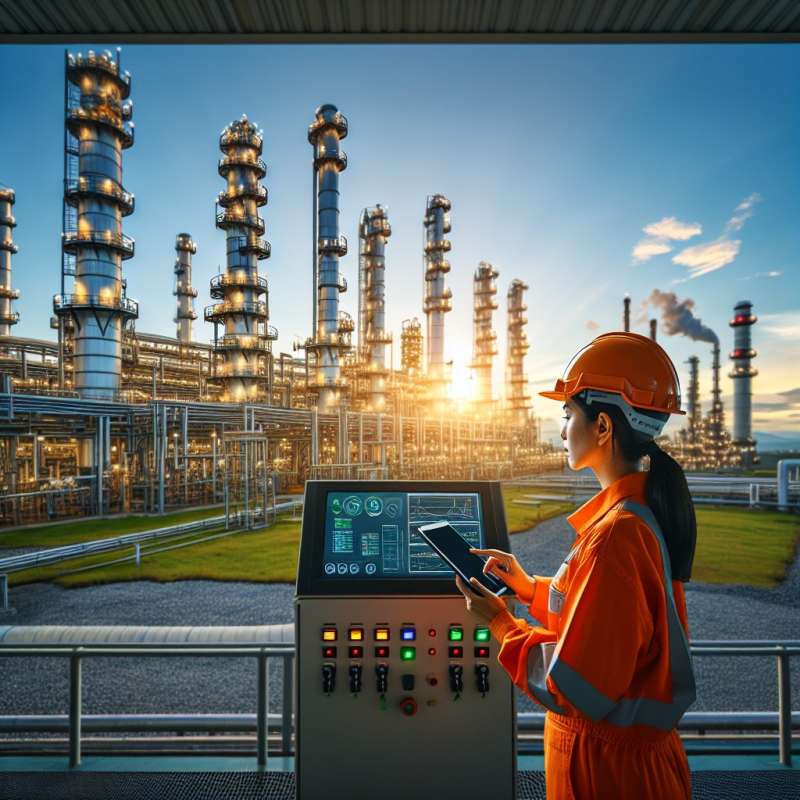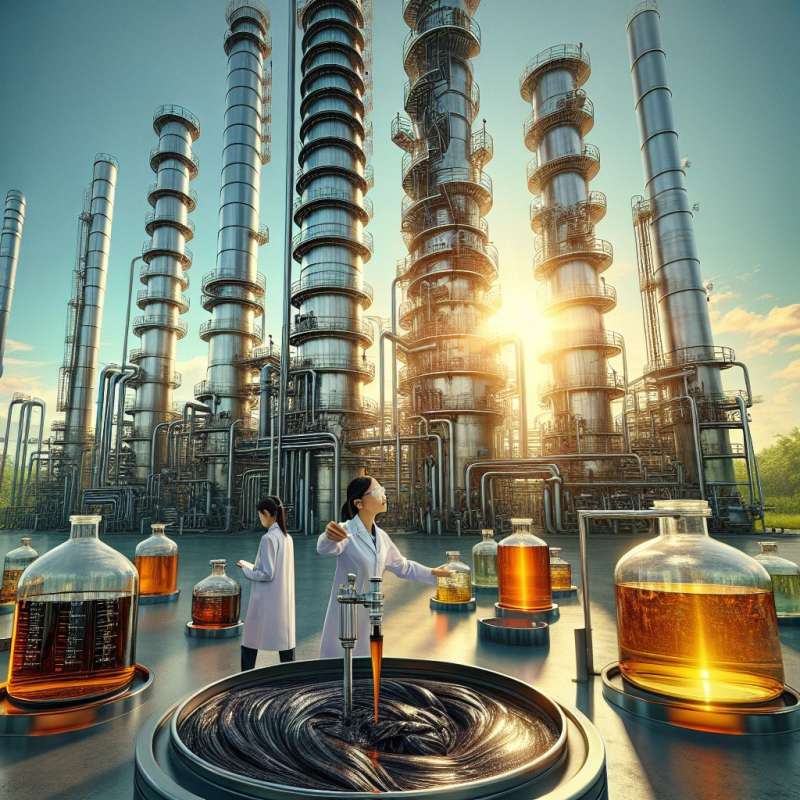
Crude Oil Composition
Crude oil is a complex mixture containing thousands of hydrocarbons. These include aliphatics, aromatics, and cycloalkanes, as well as organic compounds containing sulfur, nitrogen, and metals.
Refining Process Overview
Crude oil refining involves fractional distillation, where oil is heated and separated into different components based on boiling points. Further refining includes cracking, reforming, and treatment.
Fractional Distillation Layers
In a distillation column, the lowest layer collects heavier products like asphalt, followed by diesel, kerosene, and atop, lightest fractions like gasoline and gases.
Conversion Processes
Cracking breaks larger molecules into smaller ones, increasing gasoline production. Catalytic cracking and hydrocracking are key methods, using catalysts and hydrogen respectively.
Environmental Impact
Refining emits pollutants like SOx and NOx. Stricter regulations and technology advances, like sulfur recovery units, aim to reduce the environmental footprint of refineries.Unexpected Crude Oil Use
Crude oil byproducts are used to make over 6,000 everyday items, including crayons, eyeglasses, and even some types of toothpaste.
What does crude oil primarily consist of?
Aliphatics, aromatics, cycloalkanes
Water, carbon dioxide, minerals
Silicon, helium, neon
Company